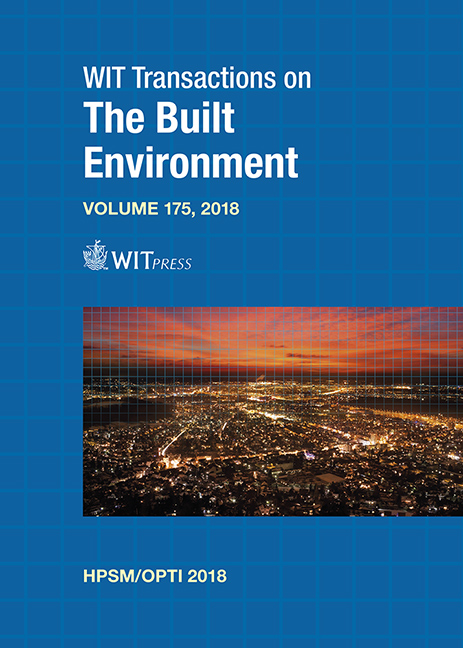OPTIMIZATION OF THE PILE LENGTH ON THE BASIS OF PILE SKIN BEARING CAPACITY MEASUREMENTS
Price
Free (open access)
Transaction
Volume
175
Pages
13
Page Range
155 - 167
Published
2018
Size
869 kb
Paper DOI
10.2495/HPSM180161
Copyright
WIT Press
Author(s)
ANDREJ ŠTRUKELJ, BORUT MACUH
Abstract
A cooling tower of a thermal power plant built in Slovenia a few years ago required a foundation system made of 30.00 m long piles. Because of the large number of piles the reduction of their length could lower the costs of foundation structure. To investigate such possibility it was necessary to study all factors that contributed to the bearing capacity of piles, especially the amount of load transferred to the soil through the skin of each pile. Therefore the vertical static load test of one pile was performed on a construction site with homogeneous geological and geotechnical soil conditions. The test pile was equipped with improved strain sensors built into the pile body. The vertical head displacements were also simultaneously measured. A massive concrete reaction frame was built to assure the support for the hydraulic jacks used for the introduction of the vertical load. During the vertical test the vertical load was increased until the soil below the pile toe collapsed. Since the time history of a complete state of strains along the pile was known, an accurate estimation of friction development along the pile shaft was performed. Also the development of soil settlements below the pile toe was obtained. Since the time history of applied force was also calculated from the measured strains, the change of the elastic modulus of pile concrete was estimated using equilibrium conditions. According to these results the length of each pile could be reduced by up to 12.00 m. Optimization of the pile length was performed in the frame of a special project by case study. The presented design method of piles using the experimental based total pile bearing capacity estimation proved itself as more effective and reliable than analytical methods usually used in geotechnical practice. Such tests are not very common because of average opinion that they are very demanding and expensive, but in this and several other similar cases it was proven that the costs and time can be significantly reduced without the loss of quality or safety of the structure.
Keywords
optimization of pile length, pile load test, strain measurements, pile skin bearing capacity





